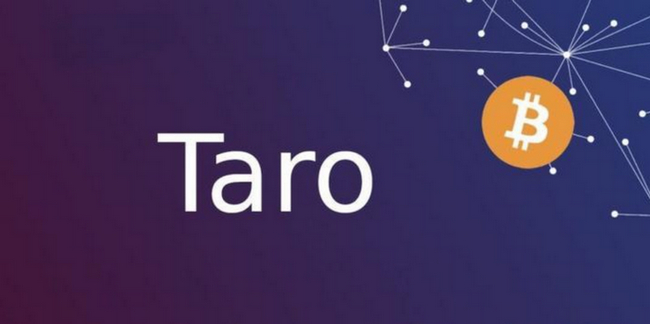Taro Protocol is a decentralized network storage solution based on the Filecoin blockchain, providing secure, scalable and cost-effective data storage services. By decentralizing data storage and leveraging Filecoin’s encryption protocol, the Taro protocol enables data decentralization and security. Its features and advantages include decentralization, security, scalability, cost-effectiveness and support for multiple data types. The Taro protocol is designed to meet data storage needs, providing solutions for Web3 applications, data backup and archiving, and data sovereignty.

Taro Protocol: Decentralized Network Storage Solution
1. What is Taro Protocol?
Taro protocol is a decentralized network storage protocol built on the Filecoin blockchain. It is designed to provide secure, scalable, and cost-effective storage solutions to meet growing data storage needs.
2. Characteristics and advantages of Taro protocol
3. Opportunities
4. Risks
The above is the detailed content of What is the Taro protocol? Comprehensive introduction to the characteristics, advantages, opportunities and risks of the Taro protocol. For more information, please follow other related articles on the PHP Chinese website!
 What is blockchain web3.0
What is blockchain web3.0
 What does STO mean in blockchain?
What does STO mean in blockchain?
 How to make money with blockchain
How to make money with blockchain
 What is the inscription in the blockchain?
What is the inscription in the blockchain?
 Four major characteristics of blockchain
Four major characteristics of blockchain
 Introduction to the usage of stickline function
Introduction to the usage of stickline function
 What is the difference between php5 and php7
What is the difference between php5 and php7
 How to solve the problem that scanf return value is ignored
How to solve the problem that scanf return value is ignored




